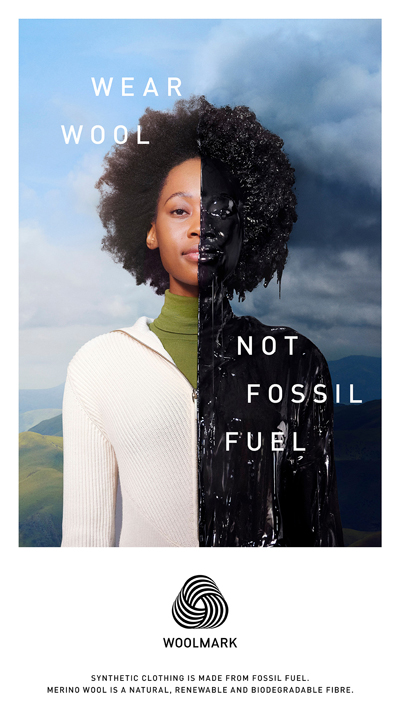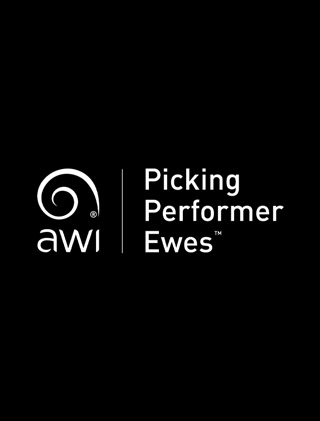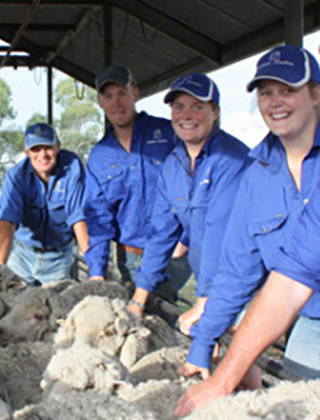Welcome to Australian Wool Innovation, a hub for the woolgrowers of Australia.
Not a woolgrower? Looking for information about wool products, wool care or wool processing?
The Woolmark Company is the global authority on wool. Visit Woolmark.com instead.
‘Wear Wool, Not Fossil Fuel’ campaign returns

Following the success of last year’s powerful ‘Wear Wool, Not Fossil Fuel’ marketing campaign, AWI’s marketing arm The Woolmark Company is rerunning the campaign to amplify and reinforce to consumers the message that synthetic fibres are made from oil, whereas wool is a natural, renewable, biodegradable and the most recycled apparel fibre.
HIGHLIGHT RESULTS FROM LAST YEAR’S CAMPAIGN
92 million
video views
(156% of goal)
643 million
impressions
(181% of goal)
542,000 clicks
to the Woolmark website
“Excellent”
Score for ad effectiveness
The rerunning of The Woolmark Company’s environmentally focused global campaign ‘Wear Wool, Not Fossil Fuel’ follows the amazing reception and strong and positive results that the campaign achieved last year.
The campaign video was watched an incredible 92 million times during period of the campaign and many more since. The digital campaign received 643 million impressions (which is the number of times the campaign advert was seen online or on outdoor advertising such as on billboards, bus shelters and 3D digital screens) and there were 542,000 online click-throughs to the campaign page on the Woolmak.com website.
Research shows that the campaign has been successful with surveyed consumers saying that it was very impactful:
- 79% said that the advert made them think twice about the environmental impact of their clothes.
- 78% said that, because of the advert, they would consider materials/fabrics when making a purchase decision regarding clothes.
- 80% said that, because of the advert, they believe wool is gentle on the environment.
Given these impressive results, The Woolmark Company is rerunning the campaign in key Northern Hemisphere markets during their winter.
The aim of the campaign is to educate the public about the harmful impact of synthetic fibres on the environment, and that choosing a natural fibre such as wool can help reduce the fashion industry’s environmental footprint on the planet.
Featuring a series of powerful visual messages that highlight the link between fabrics made from synthetic fibres and the crude oil used in its manufacture, the campaign centres around a 60-second hero film.
The impactful film shows people struggling to escape an oil-filled swimming pool, which is a dramatic visual based on the insight that every 25 minutes an Olympic pool’s worth of crude oil is used to produce synthetic clothing (which amounts to almost 350 million barrels a year). The video then sees the people wearing wool clothes, wandering with freedom through forests, streams and meadows – a natural paradise – which emphasises the natural attributes of the wool they are now wearing.
This time around, the campaign is being promoted via digital and social media, including high attention video environments such as YouTube and connected TV (CTV) ie delivered to a smart TV via a streaming service, along with outdoor advertising in the US, UK and France such as at stations on the New York City Subway, London Underground and Paris Metro.

More information: www.woolmark.com/wear-wool
This article appeared in the December 2023 edition of AWI’s Beyond the Bale magazine. Reproduction of the article is encouraged.















